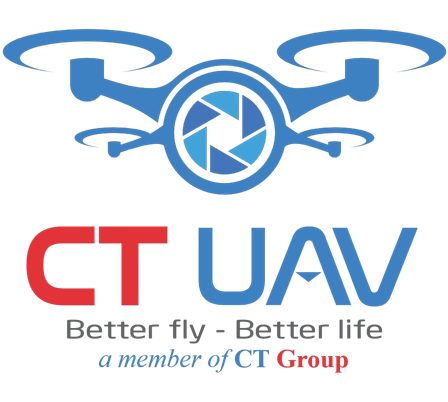UAVs are transforming the telecommunications industry by enabling more efficient network management, expansion, and maintenance. Their ability to operate autonomously, cover large or inaccessible areas, and collect data in real time has made them indispensable tools in this sector.
UAVs have become an essential tool in the telecommunications industry, enabling faster, safer, and more cost-effective network deployment, monitoring, and maintenance. Their integration with advanced technologies such as Artificial Intelligence (AI), 5G, and the Internet of Things (IoT) is expected to further enhance their utility, driving innovation and efficiency in telecommunications. Despite challenges, the benefits UAVs bring to the sector position them as a key enabler of modern connectivity solutions.

Copyright © 2024 CT UAV All Rights Reserved.